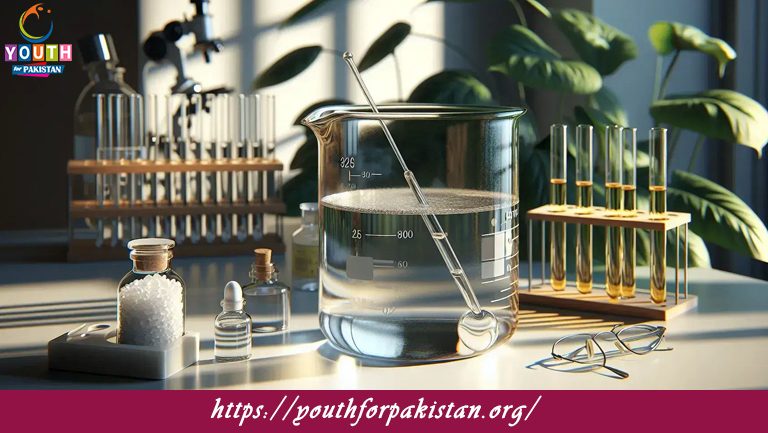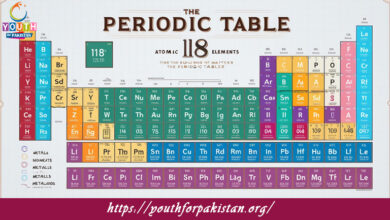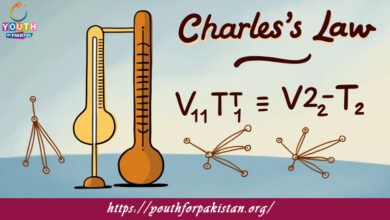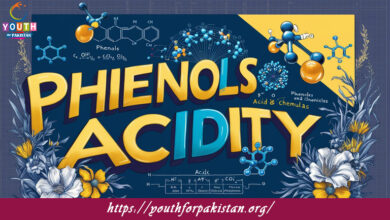Carboxylic Acids Physical Properties MDCAT Quiz with Answers

The Carboxylic Acids Physical Properties MDCAT Quiz are very important for understanding their behavior in both chemical and biological systems, and they are frequently tested in the MDCAT exam. Carboxylic acids have a number of special physical properties stemming from their structure, most importantly the carboxyl group (-COOH). These properties include solubility, boiling points, acidity, and the ability to form hydrogen bonds.
Boiling Points and Melting Points: The carboxylic acids generally possess relatively high boiling points in comparison to the rest of the organic compounds, say, alcohols and aldehydes, because of the strong hydrogen bonding between the molecules. The presence of the carboxyl group enables the carboxylic acids to form hydrogen bonds with other molecules, hence high boiling points. For example, acetic acid (CH₃COOH) has a boiling point of 118°C.
The melting points vary for carboxylic acids; however, their general trend is also to be among the higher members of organic compound classes. Thus, small carboxylic acids, like formic acid (HCOOH), are liquids at room temperature, whereas larger ones like stearic acid (C₁₈H₃₆O₂) are solids with a high melting point.
Solubility in Water: Small carboxylic acids—those having fewer than 6 carbon atoms—are highly water-soluble because of the hydrogen bonding between the carboxyl group and water molecules, which allows the acids to dissolve readily. Thus, acetic acid is completely miscible with water.
However, as the carbon chain increases, the solubility decreases. Thus, octanoic acid (C₈H₁₆O₂) is much less soluble in water than acetic acid because of its larger hydrocarbon chain, making it less polar. Longer-chain carboxylic acids are generally not soluble in water but are rather soluble in non-polar solvents.
Acidity:
Carboxylic acids are relatively weak acids; that is, they can ionize in water to produce a proton (H⁺) and a carboxylate ion (RCOO⁻). The reason that carboxylic acids are acidic can be attributed to the carboxyl group’s electronegative oxygen atom, which causes stabilization of the carboxylate ion after dissociation.
The typical pKa of carboxylic acids is around 4-5, making them stronger than alcohols but weaker than mineral acids like hydrochloric acid (HCl). For example, acetic acid has a pKa of 4.76, indicating its weak acidic nature.
Compared to other organic acids, carboxylic acids are more acidic because the negative charge on the conjugate base is stabilized by delocalization over two oxygen atoms.
Hydrogen Bonding: The carboxylic acids show strong hydrogen bonding because in the carboxyl group, there are a carbonyl group (C=O) and a hydroxyl group (-OH), allowing the molecules of carboxylic acids to form dimers connected by two hydrogen bonds with each other, thereby giving them high boiling and melting points.
It is also this ability to form hydrogen bonds that makes small carboxylic acids dissolve readily in water, and that gives them stronger intermolecular interactions than alcohols and aldehydes.
Color and Odor: Carboxylic acids are generally colorless liquids or solids in their pure form. However, many have distinctive odors. Thus, acetic acid has a sharp, vinegar-like smell, and butyric acid has a rancid odor. The odor of carboxylic acids often depends on the length and structure of the carbon chain.
Density
Carboxylic acids are usually denser than water because of their molecular weight and the presence of hydrogen bonding. Thus, acetic acid has a density of 1.049 g/cm³ compared to water with a density of 1.000 g/cm³.
Understanding the physical properties of carboxylic acids helps students to predict their behavior in reactions and identify them based on their characteristics—a key skill for MDCAT preparation.
Quiz: Test Your Knowledge of Carboxylic Acids Physical Properties
Try out our MDCAT Quiz on carboxylic acid physical properties to self-assess and check how well you understand the properties of solubility, boiling point, acidity, among other important characteristics in carboxylic acids. It helps gauge your ability to predict the behavior of carboxylic acids in diverse chemical scenarios.
Free Flashcard: Key Insights on Carboxylic Acids Physical Properties
Our Free Flashcard set on carboxylic acids physical properties gives a brief overview of their key characteristics, including their solubility, acidity, and hydrogen bonding. These flashcards are a great tool for reinforcing your knowledge and ensuring you’re well-prepared for the MDCAT exam.

The boiling point of carboxylic acids is __________ compared to alcohols and aldehydes of similar molecular weight.
Higher

Carboxylic acids typically form __________ in solution due to their ability to donate a proton.
Hydronium ions

The acidity of carboxylic acids __________ with the presence of electronegative substituents near the carboxyl group.
Increases

The presence of hydrogen bonding in carboxylic acids causes them to have __________ melting points.
High

The ability of carboxylic acids to form dimers in non-polar solvents is due to __________.
Hydrogen bonding

In carboxylic acids, the carboxyl group (-COOH) contributes to __________ acidity compared to alcohols.
Increased

The solubility of carboxylic acids in organic solvents __________ with increasing chain length.
Increases

Carboxylic acids are __________ than alcohols of similar molecular weight in terms of polarity.
More polar

The dipole-dipole interactions in carboxylic acids cause them to be __________ in polar solvents.
Soluble

The boiling points of carboxylic acids tend to __________ with the presence of branching in the carbon chain.
Decrease

The solubility of carboxylic acids in water is __________ for acids with fewer than four carbon atoms.
High

Carboxylic acids have a __________ vapor pressure compared to aldehydes and ketones of similar molecular weight.
Lower

The melting point of carboxylic acids is __________ compared to hydrocarbons with similar molecular weights.
Higher
Experience the real exam environment with our expertly designed collection of over 25,000 MCQs MDCAT Mock Tests.





